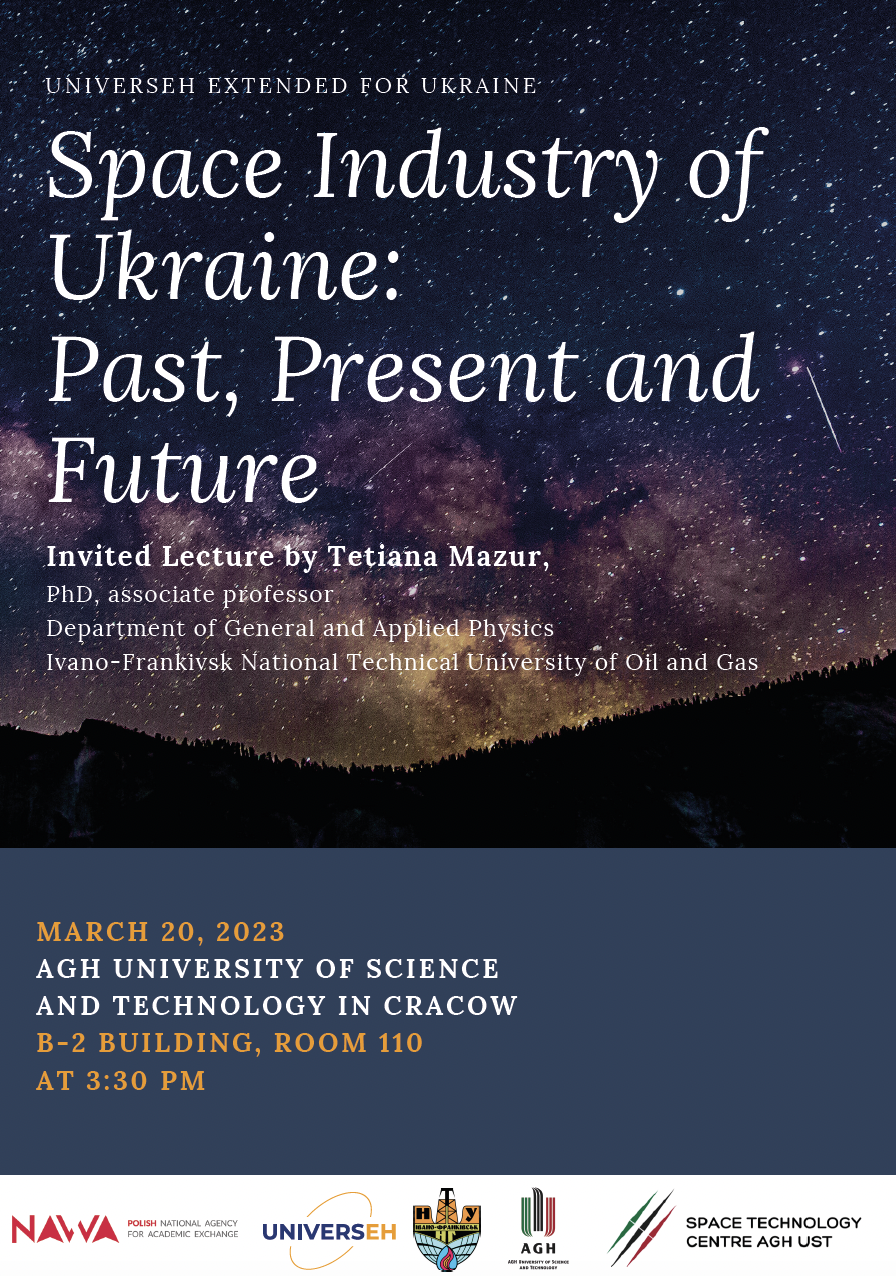The space industry demands a high level of technological and intellectual capacity and requires constant development. Ukraine has a rich history in space exploration, with pioneers such as Yuriy Kondratyuk, Sergey Korolyov, and Valentyn Hlushko. Pavlo Popovych became the first Ukrainian in space, and Leonid Kadenyuk was the first astronaut of independent Ukraine.
Currently, there are about 40 companies in Ukraine that are engaged in the rocket and space industry, with the design bureau “Yuzhnoye” and the production association “Yuzhny Machine-Building Plant” in Dnipro as the leading center. Here, rockets, spacecraft, guidance and control systems, and trajectory measurements are created and serially produced.
Ukrainian developers have achieved success in creating spacecraft and carrier rockets, manufacturing over 400 artificial satellites and participating in international space programs. Despite limited funding, Ukraine continues to develop in the space industry, creating carrier rockets, spacecraft, and cooperating with space agencies of different countries. Currently, Ukraine has five rocket and space complexes that successfully launch satellites into orbit.
 The State Space Agency of Ukraine (SSAU) cooperates with all countries that have a space program and produces rockets of various sizes – from “Cyclone-3” for satellites up to 600 kg to “Zenit-2 SLB” with a payload capacity of up to 14 tons. Ukrainian developers created Antares, which was successfully launched in the United States in 2017, and Alpha, the first stage of which was designed by Yuzhnoye Design Office and manufactured at Yuzhmash and successfully launched in 2019.
The State Space Agency of Ukraine (SSAU) cooperates with all countries that have a space program and produces rockets of various sizes – from “Cyclone-3” for satellites up to 600 kg to “Zenit-2 SLB” with a payload capacity of up to 14 tons. Ukrainian developers created Antares, which was successfully launched in the United States in 2017, and Alpha, the first stage of which was designed by Yuzhnoye Design Office and manufactured at Yuzhmash and successfully launched in 2019.
Ukrainian launch vehicles continue to successfully launch satellites into orbit. In 2021 and 2022, successful launches of the Vega and Antares rockets were carried out, which included Ukrainian engines and first stage designs from Yuzhnoye Design Office and Yuzhmash. Also, in 2022, SpaceX launched a Falcon 9 rocket with a Ukrainian satellite on board.
On January 3, 2023, two Ukrainian satellites were launched into Earth’s orbit: PolyITAN-HP-30, a nanosatellite developed by scientists from the Kyiv Polytechnic Institute, and EOS SAT-1, a commercial satellite of the company EOSDA. This launch was the first for SpaceX in 2023.
The development of renewable energy and the transition to efficient alternative sources is an important priority for the state, especially in connection with the energy needs associated with space missions. Photovoltaic modules, which use an unlimited and environmentally friendly source of solar energy, have become one of the most common technologies in the space industry. Photovoltaic energy conversion is crucial for providing an independent source of energy during space missions, where solar panels provide electricity to spacecraft and other objects. Technology based on cadmium telluride (CdTe) may be particularly useful for space applications as it has a high absorption coefficient in the visible range of the solar spectrum and high chemical stability in space conditions. Such films can be used in solar panels that provide vital functions for space missions, scientific research, and other applications in space.
Join the lecture: https://upelagh2.clickmeeting.com/seminarium-centrum-technologii-kosmicznych-agh